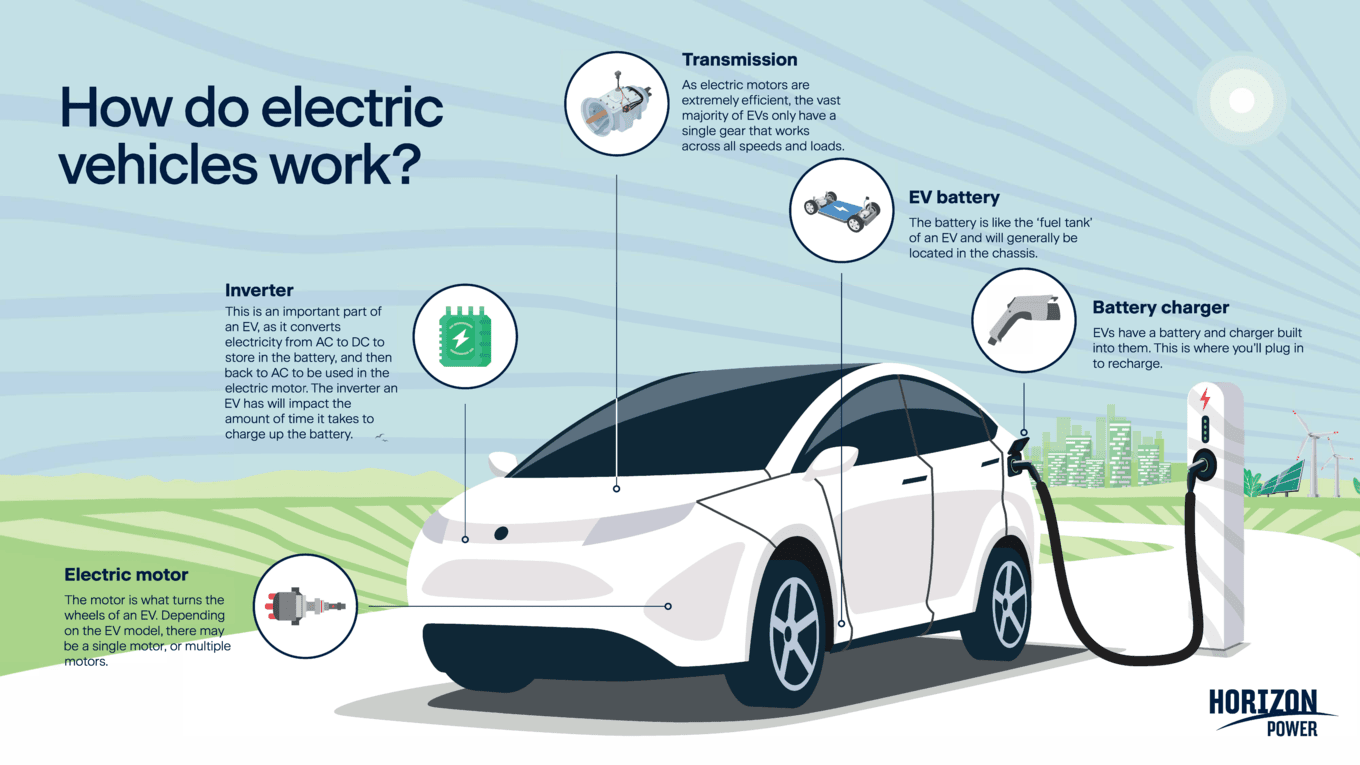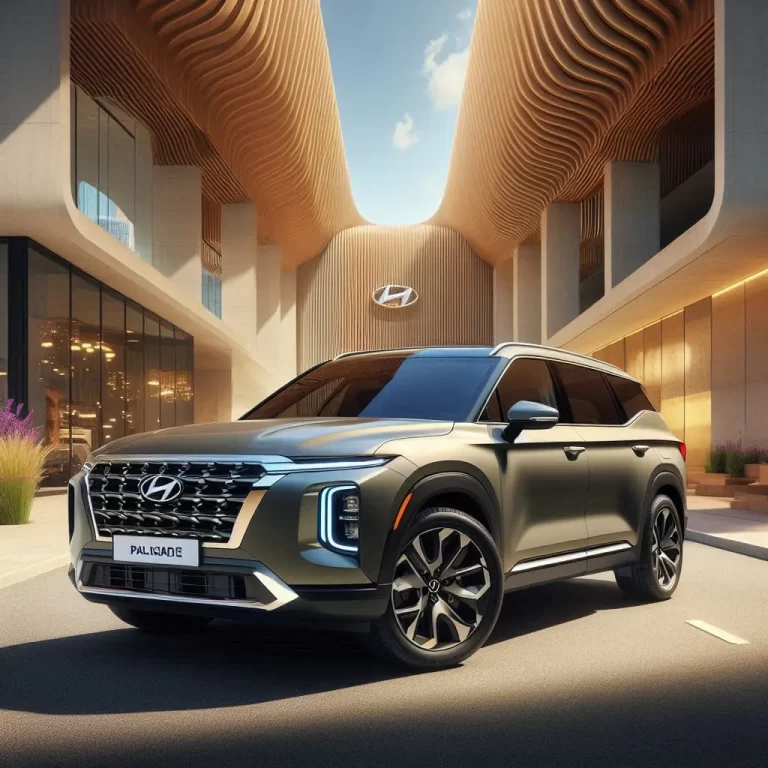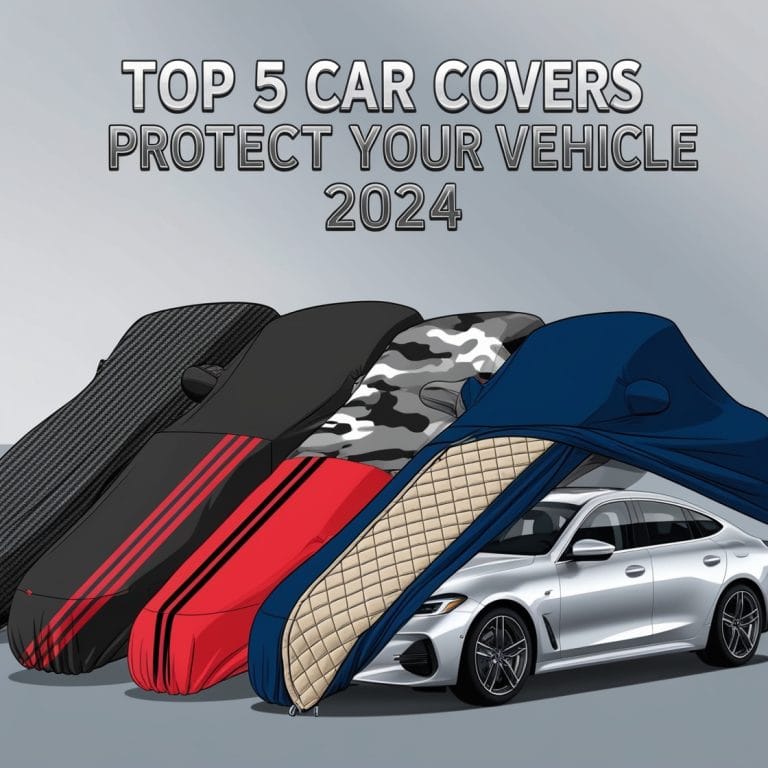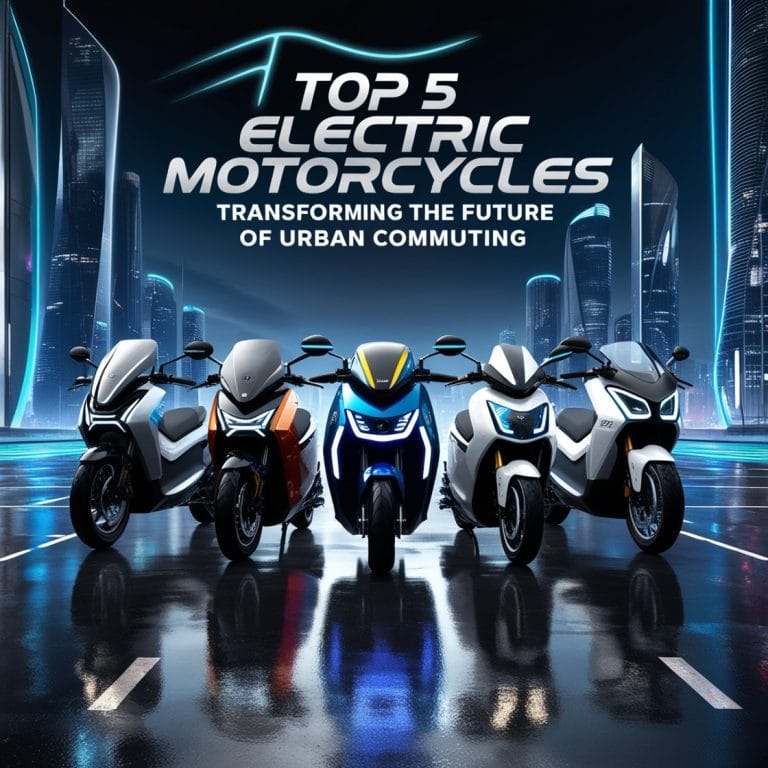
Electric Vehicles EVs: Shaping the Future of Transportation in 2024 – As the world grapples with environmental challenges and seeks sustainable solutions, Electric Vehicles (EVs) have emerged as a transformative force in shaping the future of transportation. From reducing carbon emissions to fostering technological innovation, EVs are driving a significant shift in the automotive industry and influencing the way people perceive and engage with transportation. In this article, we explore the various aspects of how Electric Vehicles are reshaping the future of mobility.

1. The Environmental Imperative: Reducing Carbon Footprint
One of the primary motivations behind the rise of Electric Vehicles is the pressing need to reduce carbon emissions. Traditional internal combustion engine vehicles contribute significantly to air pollution and greenhouse gas emissions. EVs, powered by electricity, offer a cleaner and more environmentally friendly alternative, playing a crucial role in mitigating climate change and improving air quality.
2. Advancements in Battery Technology: Extending Range and Efficiency
The development of advanced battery technology is a cornerstone of the Electric Vehicle revolution. Lithium-ion batteries, in particular, have undergone significant advancements, leading to improved energy density, longer ranges, and faster charging capabilities. These technological strides address one of the initial concerns about EVs—range anxiety—and contribute to their growing acceptance.
3. Government Incentives and Policies: Promoting Adoption
Many governments around the world are implementing incentives and policies to promote the adoption of Electric Vehicles. These measures include tax credits, rebates, and subsidies for EV buyers, as well as investments in charging infrastructure. By fostering a supportive regulatory environment, governments play a pivotal role in accelerating the transition to electric mobility.
4. Increased Affordability: Cost-Competitive Options
Advancements in manufacturing processes and economies of scale are making Electric Vehicles more affordable. As production costs decrease, the price of EVs becomes increasingly competitive with traditional vehicles. This shift in pricing dynamics encourages more consumers to consider EVs, contributing to a broader and more inclusive electric mobility landscape.
5. Growing Charging Infrastructure: Overcoming Range Anxiety
The expansion of charging infrastructure is a critical component in the widespread adoption of Electric Vehicles. Governments, businesses, and private entities are investing in building a comprehensive network of charging stations. Fast-charging technologies further reduce the time required for charging, alleviating concerns about range limitations and making EVs a practical choice for daily commuting and long-distance travel.
6. Technological Connectivity: Smart and Efficient Mobility

Electric Vehicles are at the forefront of technological connectivity in the automotive industry. Many EV models come equipped with advanced features such as over-the-air updates, autonomous driving capabilities, and integration with smart home systems. This convergence of technology not only enhances the overall driving experience but also positions EVs as integral components of smart and connected urban ecosystems.
7. Diverse Vehicle Options: From Sedans to SUVs and Beyond
The Electric Vehicle market is diversifying rapidly, offering consumers a range of options beyond compact cars. Electric SUVs, crossovers, and even electric trucks are gaining prominence, catering to various consumer preferences and needs. This diversification contributes to the normalization of Electric Vehicles across different vehicle segments.
8. Corporate Commitments: Shaping Fleet Electrification
Major corporations are making ambitious commitments to fleet electrification. Companies recognize the environmental and economic benefits of transitioning their vehicle fleets to Electric Vehicles. These commitments not only reduce the carbon footprint of corporate operations but also set an example for sustainable business practices.
9. Energy Transition: Integration with Renewable Sources
The rise of Electric Vehicles is closely linked to the broader energy transition towards renewable sources. As more renewable energy sources like solar and wind become integrated into the power grid, the environmental impact of charging Electric Vehicles diminishes. This synergy between EVs and renewable energy reinforces the sustainability narrative in the transportation sector.
10. Changing Consumer Perceptions: Embracing Sustainable Mobility
Electric Vehicles are influencing a shift in consumer perceptions. Increasing awareness of environmental issues and the benefits of electric mobility is reshaping the way people view transportation. Consumers are now more inclined to choose sustainable and eco-friendly options, with Electric Vehicles emerging as a symbol of responsible and conscious mobility choices.
Conclusion article Electric Vehicles EVs: Shaping the Future of Transportation in 2024
In conclusion, Electric Vehicles are undeniably shaping the future of transportation,* ushering in a paradigm shift towards cleaner, more sustainable mobility. From technological advancements to supportive policies and changing consumer attitudes, the momentum behind EVs is transforming the automotive landscape. As Electric Vehicles become more accessible, efficient, and integrated into global transportation systems, they are poised to play a central role in the transition towards a greener and more sustainable future.
Read More : Advanced Driver Assistance Systems (ADAS): Enhancing Safety and Convenience








5 thoughts on “Electric Vehicles EVs: Shaping the Future of Transportation in 2024”
Comments are closed.